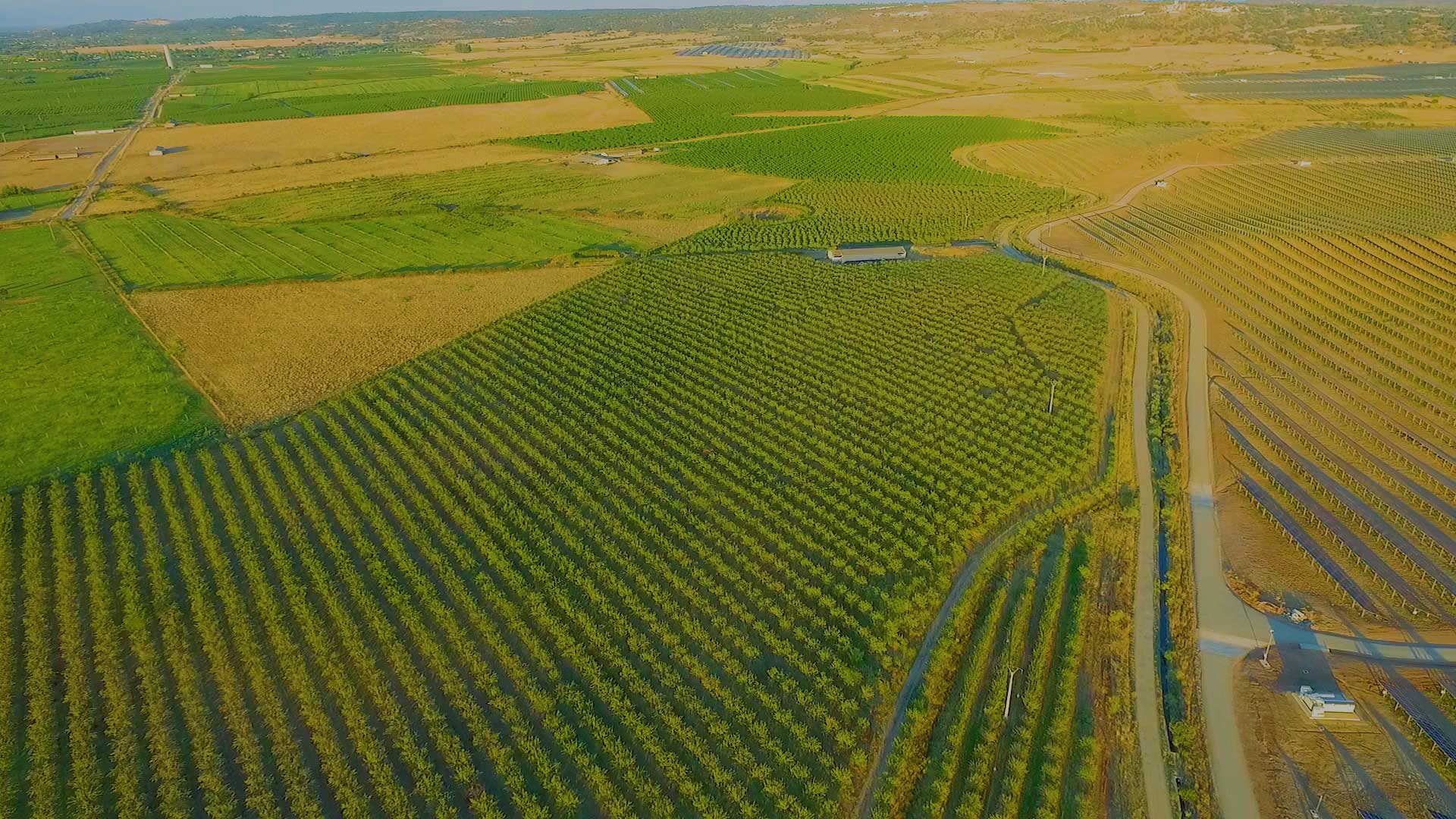Climate Smart Agriculture- An Ecological Approach
Introduction
We have all heard buzzwords such as “sustainability” and “carbon footprint” when considering the topic of climate change. These terms could not be more relevant and applicable to agribusiness and agriculture investment and their close connection to climate change. Agriculture is one of the main economic sectors impacting our environment, so we must consider its future path. Climate Smart Agriculture aims to do just that. In our modern world, we associate the word ‘smart’ with modern technologies; however, in the case of Climate Smart Agriculture (or CSA), it is more associated with “intelligent use.” Agro Invest Spain is one of the leading agricultural investment companies in Europe, and we are passionate about topics that can affect our managed farmland in Spain. Let’s turn our attention to the intricacies of Climate Smart Farming and consider its place in the agricultural investment industry and the future of farming.
The Essence of Climate Smart Agriculture
The concept of CSA was born out of the FAO of the United Nations in 2010 in a detailed report which explored the risks of climate change on the stability of the world’s future food supply, as well as shortcomings of farming practices in developing countries. As such, three primary objectives of Climate Smart Farming were determined:
- Food Security – Sustainably increasing agricultural productivity and incomes.
- Adaptation – Adapting and building resilience to climate change.
- Mitigation – Reducing and removing greenhouse gas emissions.
So, Climate Smart Agriculture aims to have an integrated approach to agricultural farming practices that will allow farmers and their farmlands to adapt to climate change’s consequences while maintaining food security. It addresses the relationship between poverty and agriculture, as well as the relationship between climate change and agriculture. Moreover, it aims better to educate farmers in poorer rural areas around the globe so that economic issues may be addressed alongside environmental ones.
A Double-Edged Sword
While the effects of climate change severely threaten healthy and productive agriculture, it has also historically played a significant role in contributing to climate change. So, we find ourselves tracing the line of a double-edged sword. We need farming to provide nutrition globally, and we must also make a concerted effort to plan for climate change and mitigate our impact. That is where the principles and application of Climate Smart Agriculture come in.
Vulnerability of Agriculture
All aspects of agricultural farming are open to attack by rising global temperatures. The accelerating pace of climate change has led to more frequent fluctuations in seasonality, changing rainfall patterns, and extreme weather events, including floods, droughts, wildfires, and storms. It is a natural consequence that agriculture suffers in response as farming cycles are disrupted, high temperatures encourage pest escalation, and crop failures occur due to water shortages.
Negative Climatic Effects of Agriculture
At each stage of the food production process, greenhouse gases are released into the atmosphere. Approximately 24% of greenhouse gas emissions are derived from agriculture, forestry, and land use, putting this category closely behind electricity and heat production at 25%.
So, in what ways does agriculture contribute negatively? One example is soil degradation caused by over-cultivation and deforestation, which leave soil vulnerable to wind and water erosion. A decrease in biodiversity due to market demands for specific crops and food types significantly reduces biodiversity. This is problematic as our ecosystem can only remain healthy with a certain balance of biodiversity, and the disappearance of certain species can have a far-reaching impact on the food chain. Furthermore, agricultural practices produce significant amounts of greenhouse gases such as carbon dioxide from equipment tilling and planting, methane from livestock, and nitrous oxide from synthetic fertilizers.
What are Practises Adopted in CSA?
You may be surprised to learn that Climate-Smart Agriculture includes many practices that farmers already use. It is not new science, but more the appropriate utilization of good agricultural sciences. These include the intelligent and measured application of some of the following techniques:
Conservation tillage– is a method of soil cultivation that leaves the residue of previous crops, so the soil is covered by at least 30% of organic matter. The positive effects are that the earth is less disturbed and consequently less eroded while also increasing carbon sequestration, which removes carbon from the atmosphere.
Cover cropping– involves using an intermediate crop, such as grasses and legumes, which are planted between the harvesting and planting primary saleable crops. This process results in improved soil nutrients, reduced soil erosion and increased yields. In addition, these crops have the secondary benefit of providing feed for cattle.
Nutrient management focuses on maintaining soil health by precisely controlling water, fertilizers, manure, and composts to optimize farming productivity and maximize yields.
Agroforestry– is a system by which trees and shrubs are planted in or around other farming crops so that they may benefit from their symbiotic relationship. The ecological harmony of combining trees and produce leads to improved biodiversity, enhanced soil health, and increased yields.

Climate Smart Agriculture and its Benefits
The application of CSA has proven to have many positive ecological and economic results for farmers, particularly those in developing countries where a lack of resources, traditional farming methods, and extreme weather conditions cause havoc. Climate Smart Agriculture promotes good practices for our climate, farmers, and all aspects of agribusiness. Using these practices precisely and harmoniously to steer agricultural farming efficiency towards the goals of CSA is what makes them “smart.”
Primary Benefits Recap
- Increases Crop Yields
- Reduces Greenhouse Gas Emissions
- It prevents Land Degradation and Creating Sustainable Soil
- Mitigates Negative Effects of Climate Change
- Improves Biodiversity
- Supports Farmers Economically
Invest in Climate Positive Farming
The need to adapt to climate change is undeniable. The transformative power of improved agricultural techniques can help meet our sustenance needs, maintain quality land for future generations, and positively impact our environment.
At Agro Invest Spain, we provide a unique opportunity for agricultural investment in Spain through our managed farmland model and almond investment. We aid our investors by producing only the highest quality, ecologically friendly Almonds on our managed almond farmland. We are passionate about cultivating wholesome harvests in harmony with nature and steer clear of harmful synthetic fertilizers and pesticides. The result? Superior natural products generate significant returns for our investors.
Are you ready to be part of a clean and sustainable future? If you want to invest in Spain and join our revolutionary farmland investment project, contact our investment experts or join our webinar to embark on your journey with our unique investment model.
All rights of this content prepared by Api Group Agro Inversiones SL (“API Group”) belong to API Group. These rights are protected and the partial or complete copying, reproduction, distribution, processing or use of the content in any way without permission and without reference will result in legal and criminal liability of individuals.

